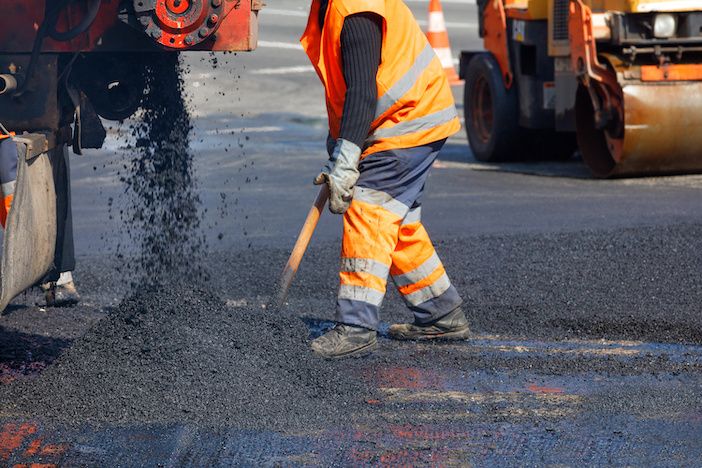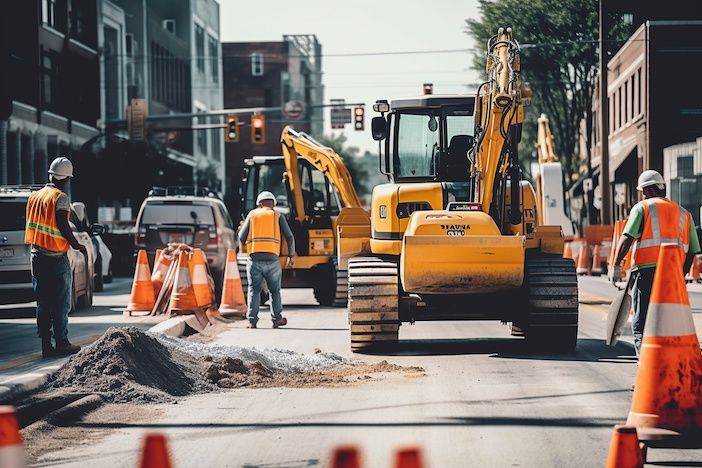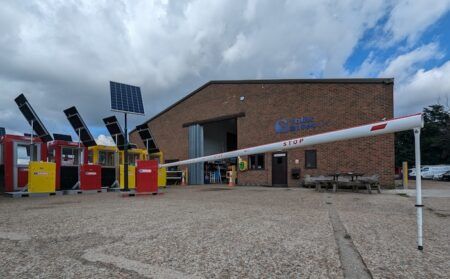To mark this week’s National Work Zone Awareness Week (April 17-21) in the US, the FHWA has reaffirmed its commitment to improve safety for road construction workers and other vulnerable road users outside of vehicles.
As a show of support for highway workers, FHWA and its National Work Zone Awareness Week partners are urging the public to wear orange on Wednesday, April 19, for a national “Go Orange” Day.

In a kickoff event today in Rocheport, Missouri, FHWA executive director Gloria Shepherd joined Missouri Department of Transportation (MoDOT) officials in reminding drivers to keep highway workers safe as construction season ramps up and highlighted how the legislation can improve safety in work zones. The event, organized by MoDOT, was held at the Lance Corporal Leon Deraps I-70 Westbound Missouri River Bridge project.
“We intend to use every program and funding option at our disposal under the Bipartisan Infrastructure Law to make our surface transportation safer including in areas where repairs, maintenance and construction are underway,” said Shepherd. “The safety of highway workers and others on roads, bridges and highways across the country is FHWA’s number one priority.”
The Bipartisan Infrastructure Law provides funding through a number of programs that can be used to improve safety on roads where construction crews are at work. The law guarantees $5 billion to local governments for the new Safe Streets and Roads for All Discretionary Grant program and $15.6 billion in total funding to State DOTs under the Highway Safety Improvement Program (HSIP), FHWA’s signature highway safety funding program to make roads safer for all road users.

Additionally, the USDOT recently announced innovation-focused SMART discretionary grants funded under the Bipartisan Infrastructure Law for State DOTs that will improve work zone safety, including a multi-state collaboration that will deploy Automated Truck-Mounted Crash Attenuators, projects that will leverage the Work Zone Data Exchange Specification, and more than a dozen others that address worker safety.
FHWA’s Work Zone Safety Grant Program, which has been used to train more than 122,000 field workers, and state, local and Tribal personnel in nearly 4,300 courses, also continues under the Bipartisan Infrastructure Law, with $12 million provided for grants to non-profit organizations over five years and funding for the National Work Zone Safety Information Clearinghouse.
“Every person in a work zone is somebody’s parent, child, sibling, loved one, or friend, and we want every single one of them to return home safely to their loved ones when their shift is done,” said Federal Highway Administrator Shailen Bhatt. “By working closely with our state and local partners we are bringing the investments of the Bipartisan Infrastructure Law to bear in order to help save lives and strengthen the safety of those working in our nation’s construction zones.”





